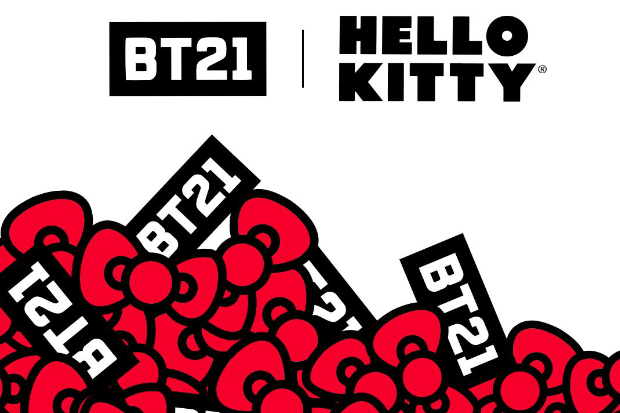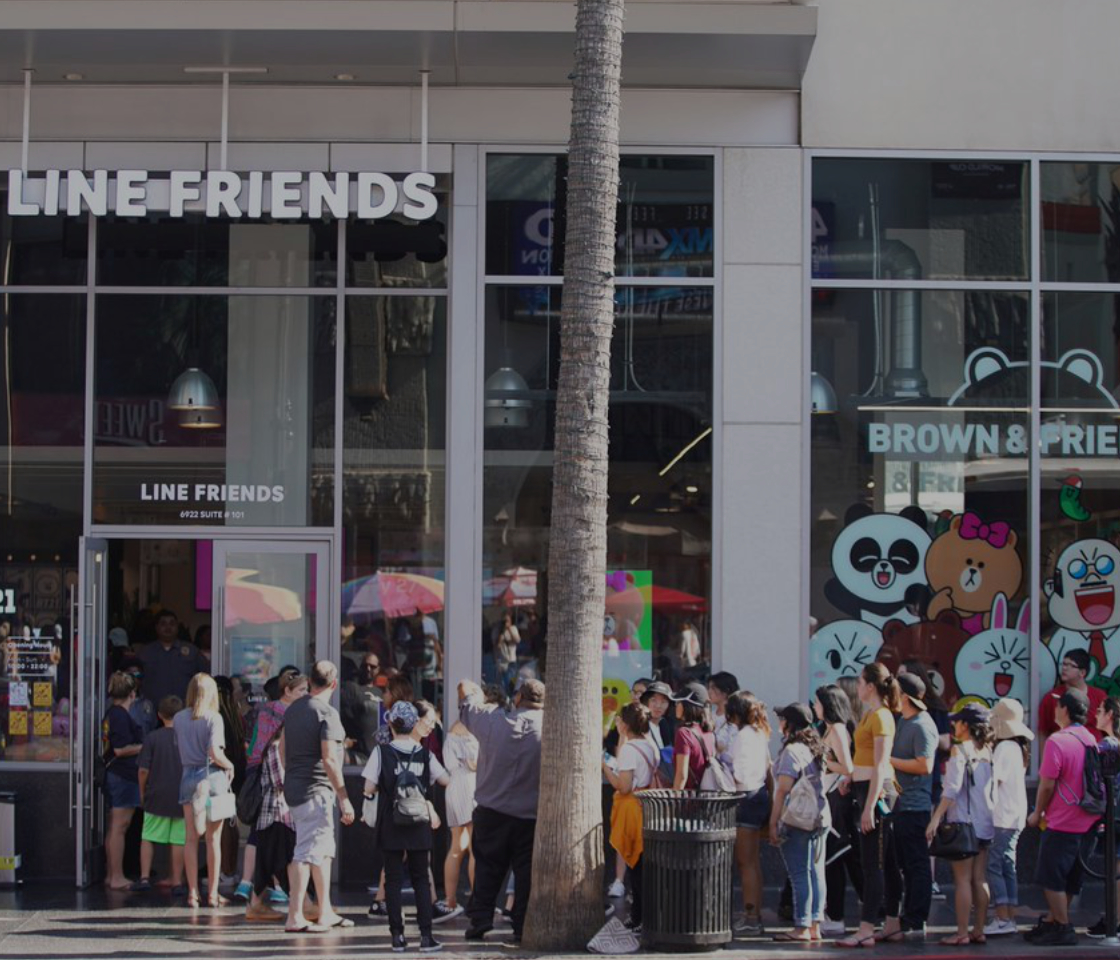Limited time and stock show their worth with experiential activations that give value to both the new consumer generation and retailer.
As millennials and Gen Z’ers age with some disposable income, retailers have continually shifted their sales efforts to follow their growing market’s shopping habits. Retailers have already entered the online market to compete with e-commerce giants like Amazon and AliBaba. However, as primary target markets become younger and thoroughly immersed in online shopping that intertwines with social media, retailers have jumped on experiential activations to increase sales, brand awareness, and brand loyalty. Retailers can expand their efforts to draw in younger consumers by adapting to their short attention spans and immersive online habits that capitalize on the fear of missing out with pop-up shop experiments that bring younger generations into physical stores.
Why Experiential Activations Work
Younger generations are changing their shopping preferences from going to physical stores to online shopping. In an attempt to draw them back to their stores and purchase their items, established brands, retailers, and startups use the adrenaline rush that consumers get with temporary pop-up shops and product launches to sell more.
People like to be a part of recorded history that social media creates. In the retail world, that means being a part of the exclusive groups to experience and buy limited products that others cannot. Scarcity adds to the positive psychological value for customers and gives them a special experience to share that other people want but can’t have. Retail stores offer the same easily accessible experience with every trip. Many young consumers do not see the value in taking time to go to the mall when they’ve “been there and seen that” and have the option to save time and “buy with one click” and have their item delivered without taking the time to go the mall. Anyone can go to the mall, but not everyone can be a part of an experience with an expiry date. Retailers can override the “been there, seen that” attitude with a “never before seen” limited product or event that is only some people can have. That exclusivity puts the value back into going to stores.

Pop-Ups are not the only phenomenon that captures worldwide hype. Exclusive product launches with big brands, such as Sanrio and LINE friends, also expect record sales. – Courtesy of BT21
The Power of the Crowd
Crowds have been lining up for new Apple iPhone releases since their introduction into the smartphone market. These crowds result in product sell-outs making their product even more desirable and profitable. This strategy grew stronger over the years with the rise of social media. From a logical perspective, it doesn’t make sense to sit and wait for hours for an item that will be available to the masses later, but being first to buy something that everyone wants makes the wait worth it and demands physical participation, fulfilling the goal to bring back customers to storefronts as well as increase sales.
Limited Product = Immediate Hype
Take advantage of this lucrative “hype” strategy to generate more foot traffic to your retail store. Pop-up locations rely on creative retail designs that professionals have likened to an art form. Colours, signs, illusion exhibits, sculptures made of unconventional items attract the ever-connected young generation. The Internet connects people faster than word of mouth and generates awareness to more people than a print ad could. This is what benefits you as the retailer, a pop-up is an investment in both grabbing online attention as well as “grabbing” people to your stores.
As a retailer, there are ways to see the value an experiential activation can bring you in a new location as well as your current space.
Test a Location Before Expanding
A pop-up store or experience in a new location determines the potential market value it has without a long-term commitment. This can generate more interest in your products and any initial demand for your store. Smaller retailers can test the value of expanding in the new location if a pop-up is a success. The absence of your retail store in a new area already gives the customers exclusive access that most cannot reach without taking the time to travel elsewhere.
Dedicate a Hotspot Space in Your Current Shop
Another strategy for retailers is to make the most of their current space by transforming a section to be a hotspot. This lowers the cost of investment and gives you the opportunity to compare days with the hotspot to days without and you can evaluate what works and what doesn’t work. Additionally, you can boost any days you have seen lower foot traffic and increase your sales that day.
Be Prepared to Experiment With Your Retail Space
Since today’s consumers are looking for unique experiences that are worth the physical trips versus digital, shopping malls are offering more prime locations just for pop-up shops and kiosks. Entering the experiential activation market gives established, traditional retailers an opportunity to run a promotion in a dedicated, prime retail space outside their store to draw in new customers or to establish an awareness of their store through a partnered brand. From these events, retailers can promote more experiences for their customers to draw in shopping traffic and attention from the initial event.
Experimentation is a must to compete with other experiential activations. With the right team of designers and displays, you can enter the pop-up market with a boom and generate more interest to increase your daily sales.

